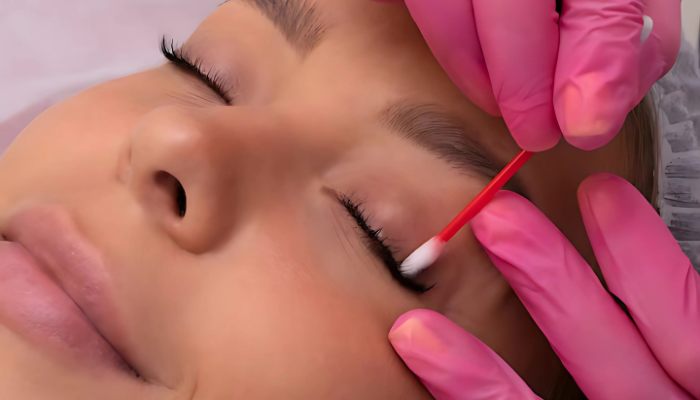Techniques for Eyebrow Lifting
Non-Surgical Options:
Botox and Fillers: One of the most popular non-surgical methods for eyebrow lifting involves the use of Botox. By strategically injecting Botox into the muscles around the brow area, practitioners can temporarily paralyze the muscles that pull the brows down, allowing the forehead muscles to elevate the eyebrows. Dermal fillers, often hyaluronic acid-based, can also be injected above the brow to provide additional volume and lift. These procedures are quick, minimally invasive, and typically require no downtime, making them an attractive option for those seeking subtle enhancement.
Thread Lifts: Another non-surgical option is the thread lift, which involves inserting temporary sutures into the skin. The threads are used to pull the eyebrows upward, providing an instant lift while stimulating collagen production for long-term results. This method offers a more pronounced lift than Botox and can last for several months, with minimal recovery time.
Benefits of Eyebrow Lifting
The benefits of eyebrow lifting extend beyond mere aesthetics. A more youthful brow position can significantly enhance one’s overall facial expression, leading to increased confidence and improved self-image. Many individuals report feeling more vibrant and approachable after undergoing brow lifting procedures.
Immediate Results: Non-surgical options, like Botox and fillers, often yield visible results shortly after treatment, allowing patients to enjoy an instant improvement in their appearance.
Long-Lasting Effects: Surgical brow lifts can provide enduring results, typically lasting 5 to 10 years, making them a worthwhile investment for those seeking long-term enhancement.
Minimal Recovery: Non-surgical methods typically require little to no downtime, allowing individuals to return to their daily activities almost immediately. Even with surgical options, advancements in techniques have reduced recovery times compared to traditional methods.
Customizable Procedures: Eyebrow lifting can be tailored to the individual’s facial anatomy and aesthetic goals, ensuring a personalized approach that meets each patient’s unique needs.





